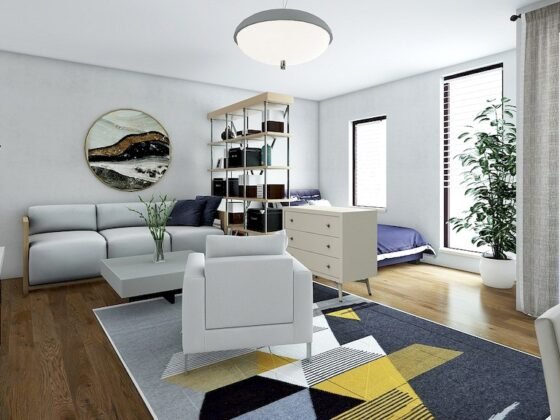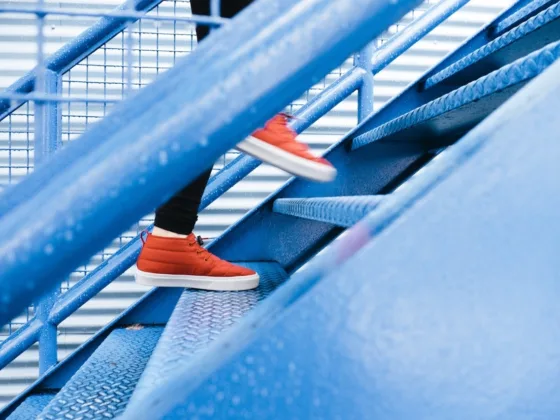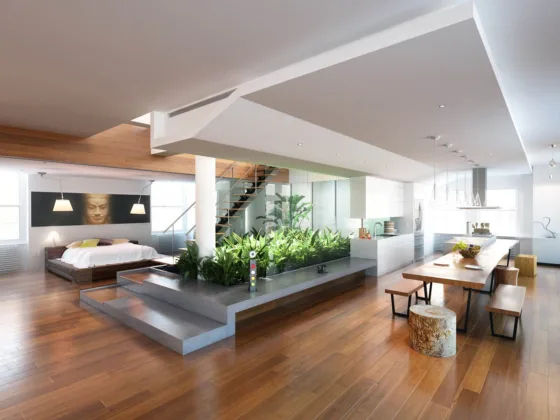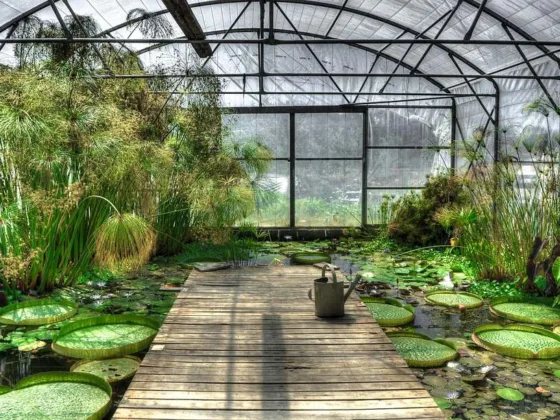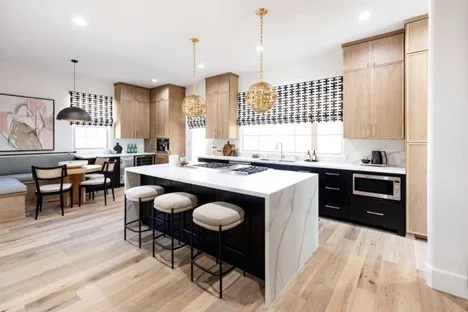Table of Contents Show
In the winter months, nothing eases those long cold nights quite like a roaring fire.
While radiators, electric or storage heaters can heat the entire home, an antique fireplace has more than one appealing factor, proving to serve not only its practical purpose but providing a captivating focal point to any room.
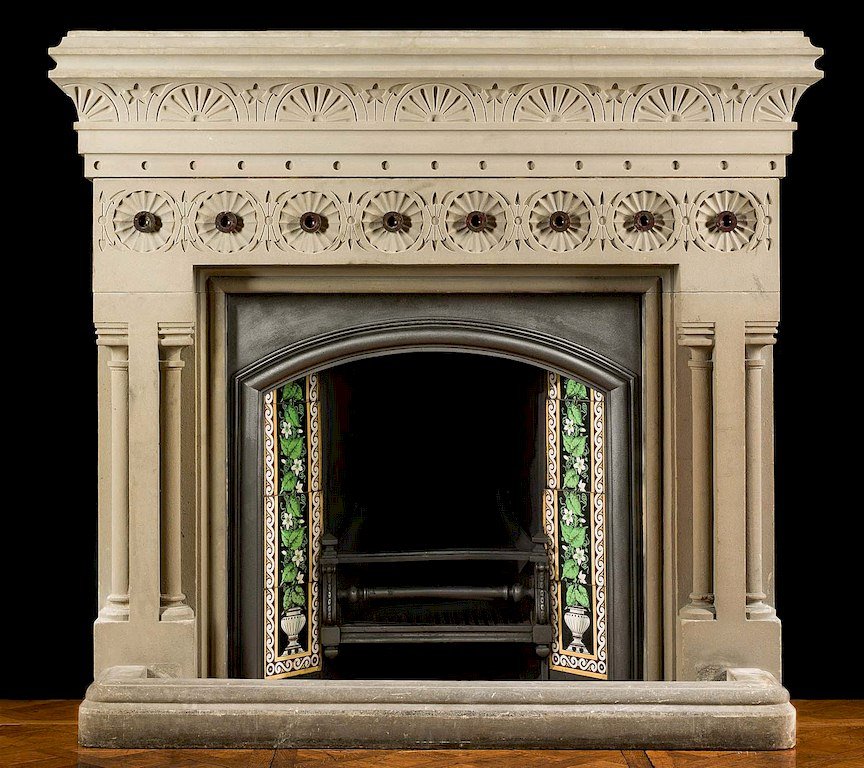
As such, opening up old fireplaces and replacing antique surrounds and chimneypieces has become increasingly popular, not least because it is a fantastic way to add charm and character to any period property.
Read Also:
- Popular Types of Bespoke Fireplaces That Will Chase Away the Chill in Your Home
- Furnace and Heating Maintenance Tips to Keep Cozy All Winter Long
- The Difference between Patio Fire Pits and Outdoor Fireplaces
- 3 Ways to Save Money When Remodeling Your Home
- Upgrade Your Living Room with a Modern Fireplace
- Hiring a Heater for the Winter – A Gem of an Idea!
- Painting Ideas for a Knotty Pine Fireplace Wall
A Sound Investment
Installing and replacing an antique fireplace may sound like a huge expense but it can be a worthwhile investment, with some property specialists regarding Antique Fireplaces as a real value-adding factor.
Potential buyers viewing properties in the winter months will instantly notice whether a home is warm as well as inviting.
Couple a cozy home with an appealing indoor fireplace and you’ve instantly scored yourself some brownie points.
Opening up, installing, or replacing an antique fireplace doesn’t always have to be expensive, but there are nevertheless a few important things to consider and some obstacles to be aware of.
In the best-case scenario, homeowners will only have to remove a sheet of hardboard to reveal a hidden gem with real potential.
If there’s more work to do, there are still a number of steps you can do to secure a show-stopping antique fireplace.
Considerations
You shouldn’t need planning permission to open up a fireplace, but any work carried out will need to be done in line with building regulations, due to the risk of toxic fumes or fire.
There are other things that need to be considered too, such as whether you’ll opt for a real fire or gas. If the antique fireplace has been renovated previously, you’ll need to check whether it is legally safe for burning wood.
Depending on your lifestyle, you may prefer to couple a period feature indoor fireplace with the luxury of instant heat; in which case a gas fire would suit your needs.
On the other hand, you may decide the appeal of real crackling logs is worth the hour or so to wait for the fire to heat up.
Things to Check and Opening Up a Fireplace
If you’ve decided to find out what is behind that 1970s plasterboard, protecting your furniture and walls before you begin is essential.
Opening up a fireplace can be a messy job due to the amount of soot and dust that is often unearthed.
An angle grinder can help you get behind any old block work and remove any blocks that are covering up the opening.
You’ll need to check the chimney breast hasn’t been removed at any point, or that it hasn’t been blocked up. Some smoke pellets will help you establish whether the smoke draws up, as this is vital.
It’s recommended that you call out the chimney sweep, who can in the first instance help you establish the condition of the chimney and whether you can get away without installing a flue liner.
If there are significant leaks, then it’s likely a new flue will be needed.
The latter can in itself be a huge expense and therefore be off-putting, but you may decide it is worth it if you intend to get many years’ mileage out of your antique fireplace.
You’ll need to have the appropriate tests carried out and obtain the necessary legal certification. A gas-safe registered engineer should be used for a gas fire, or a Hetas registered engineer for a real one. They will also install your new fireplace safely and legally.
Once you have a freshly swept flue, you’ll usually need to upgrade the hearth, which will need to be raised above floor level to comply with building regulations.
It should also be central to the opening of the fire and equal distances from the chimney edges. It is also worth being aware that gas fireplaces will require space behind the hearth for the gas supply pipe.
It’s advisable to already have your antique surround to hand when you are opening up your heart. Measuring the chimney breast will give you an idea of the sort of size you will need, but there will always be some leeway as additional tiles can fill the gap.
You’ll then need to install the fireplace insert, and usually, the surround will be able to keep this in place. Some cast-iron fireplaces, for example, have a surround and insert combined.
Holes below the mantelpiece will help you easily attach the surround to the wall. Four fixing plates can be screwed to the back of the surround and then directly onto the wall.
Antique Fireplaces and Chimneypieces
While some homeowners prefer to install a corresponding fireplace to the period of their home, this isn’t necessary and it entirely depends on the style of your interior design.
A Georgian surround won’t look out of place just because it’s in a Victorian period property.
Cast iron Victorian fireplaces are still extremely popular, while marble and limestone look far more expensive than they prove to be in this day and age.
There are safety implications to consider when choosing your antique chimneypiece, too. Some antique specialists check that their fireplaces are safe to have fire in them, but they need to have been suitable restored.
If your home already has an antique fireplace that only requires a chimney sweep to ensure its safety, you may have other issues to tackle, such as years worth of paint, damaged tiles, or cracked hearths.
These are relatively straightforward problems that can be overcome by using replacement tiles or chemical strippers for paint.
Maintenance
For safety purposes, is important to have your antique fireplace swept and checked once a year for a gas fire and twice a year for a real one.
